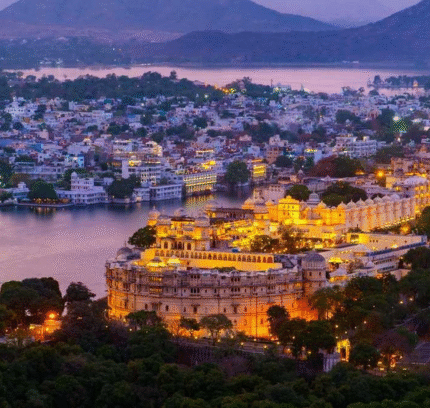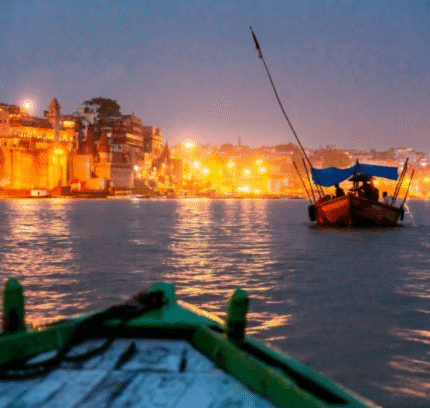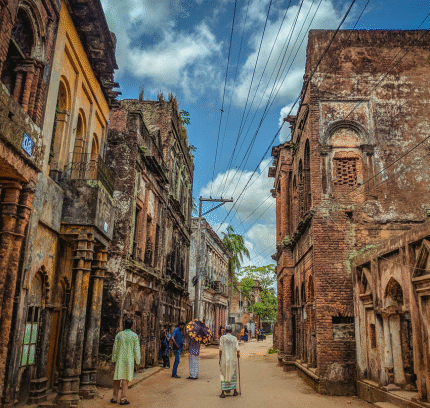Golden Tringle with Amritsar
(8 Nights / 9 Days)
Where empires rise, faith endures, and legends still walk.
Marble domes shimmer in moonlight. Pink palaces glow with legacy. In the heart of India’s storied past, the Golden Triangle awaits—Delhi, Jaipur, and Agra—each a tapestry of kings, conquerors, and the dreams they built in stone and spirit.
Walk through old Mughal gates, where echoes of emperors whisper in the wind. Ride past rose-tinted walls and royal halls in Jaipur, the city of kings. Stand before the Taj Mahal—where grief turned into glory, and marble into memory.
Then, follow the rhythm of train tracks north to Amritsar. Enter the Golden Temple’s golden silence, where the soul shines and langar warms every heart. Watch flags fall in fierce unison at the Wagah Border, where patriotism stirs and silence speaks louder than words.
This journey is not just a route—it’s an unfolding epic. Of faith and forts. Of moonlit mausoleums and golden reflections. Of pasts that refuse to fade.
DEPARTURE/RETURN LOCATION
Netaji Subhash Chandra Bose International Airport, Kolkata
DEPARTURE TIME
Please arrive at least 2 hours before your scheduled flight.
INCLUDED
✦ Domestic airfare and local transport
✦ Stay in Delhi, Jaipur, Agra & Amritsar
✦ Guided tours to monuments, forts & temples
✦ Toy Train ride or Rickshaw ride in Old Delhi
✦ Entry to Golden Temple & Wagah Border experience
✦ All breakfasts & curated local experiences
NOT INCLUDED
✘ Personal expenses and additional meals
✘ Entry tickets to optional attractions
✘ Travel insurance or tips











Reviews
There are no reviews yet.